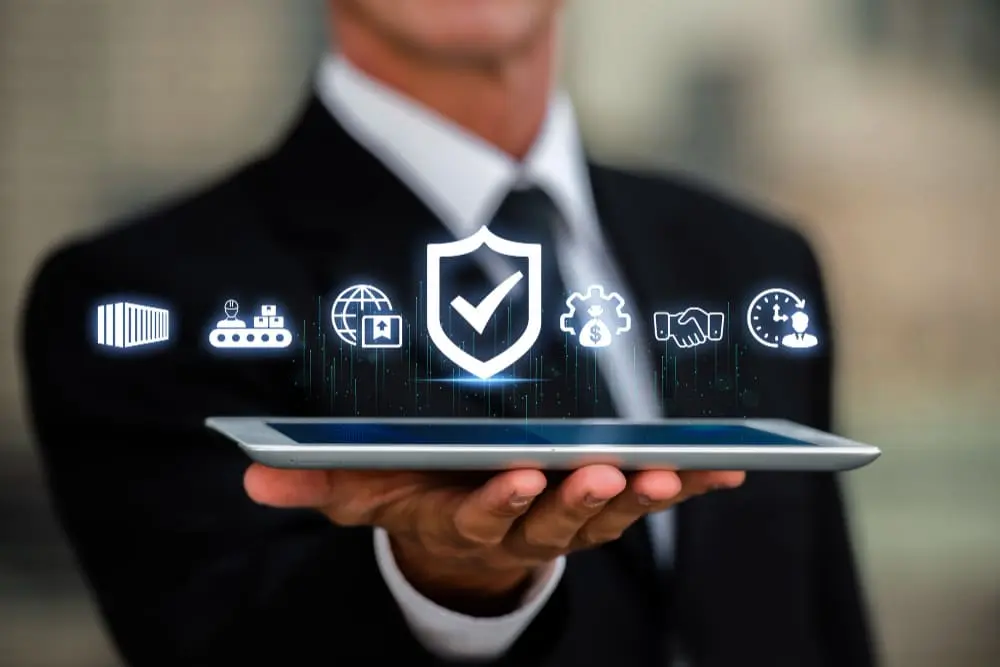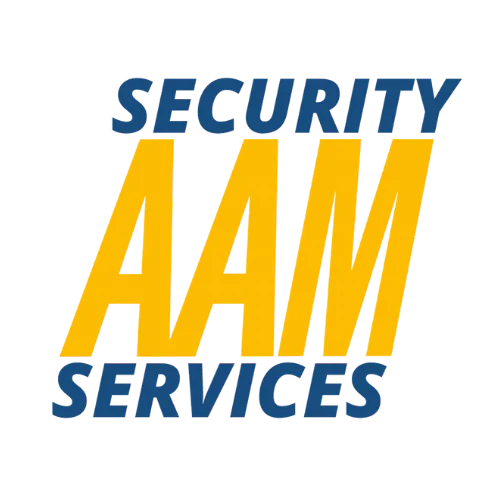What is Included in Security And Protective Services?

The field of security, protecting people, property and information, includes many different job types. Applications of the service are in homes, businesses, public places and parties.
These range from uniformed guards and surveillance to cybersecurity and emergency response. The extent depends on the setting, but its purpose is always to respond to threats and to keep safe.
Defining Security and Protective Services
Core Purpose and Scope
Security and protection services are intended to provide prevention from harm, to deter various crimes, and to take action when threats are found. They have a singular directive to keep people, assets, and infrastructure safe.
These services range from physical security (guards and patrols) to digital security, emergency planning, and risk management.
Key Pillars of Security and Protective Services
Physical Security
Concentrates on keeping buildings, equipment, and individuals safe from physical danger.
On-Site Guarding and Patrols
Guards oversee entry points, roam and respond to anything that looks suspicious.
Access Control Systems (e.g., gates, barriers, ID checks)
The systems restrict access to only those who are authorized, which mean less risk for security.
Surveillance and Monitoring (CCTV, alarm systems)
Monitor activity live and record the footage for later review.
Asset Protection and Loss Prevention
Intended for preventing being stolen, damaged or lost your property.
Emergency Response and Incident Management
Deals with immediate threats such as fire, burglary or medical emergencies expediently and with a fair amount of organization.
Personnel Protection
Executive Protection (Bodyguards, Close Protection Officers)
Other trained professionals who protect high profile people from physical danger.
Threat Assessment and Risk Management for Individuals
Recognizes potential hazards and develops safe work habits to minimize injury to self.
Event Security and Crowd Control
Controls and regulates large assemblies by restricting access, observing conduct, and maintaining public order.
Workplace Violence Prevention
Includes policies, training, and other security measures to prevent and respond to violence at work.
Information Security
Cybersecurity (Protecting digital data, networks)
Protects systems and information against hacking, malware or unauthorized users.
Data Privacy Compliance
Ensures information of a personal and sensitive nature is handled in accordance with the law.
Intellectual Property Protection
Protects original concepts and content from plagiarism and infringement.
Investigations and Intelligence
Private Investigations (e.g., corporate fraud, background checks)
Reveal findings in sensitive cases, such as employee misconduct or financial fraud
Due Diligence and Background Screening
Investigate identities, histories and references before hiring or partnering.
Intelligence Gathering and Analysis
Gather and analyze data to identify potential threats, trends and/or suspicious activity
Risk Management and Consulting
Security Audits and Assessments
Review current security practices for areas lacking and suggestions for improvement.
Development of Security Policies and Procedures
Establish straightforward rules that promote the best security behavior.
Crisis Management Planning
Organize an action plan for contingencies including natural disasters, violence, and systemic failure.
Common Sectors and Industries Utilizing Protective Services
Corporate and Commercial Facilities
Apply security to safeguard offices, workers, and sensitive business resources.
Government and Public Institutions (e.g., Federal Protective Service)
To protect government buildings, personnel, and citizens from interferences and disturbances.
Retail and Hospitality
Deter theft, control crowds and maintain a safe environment for your customers and staff.
Healthcare and Education
Keep patients, students, and personnel safe yet maintain a welcoming environment.
Critical Infrastructure (e.g., utilities, transportation)
Protect vital systems such as power, water and transit from disruption or attack.
Private Individuals and High-Net-Worth Clients
There are many cases that require relying on personal protection services in order to deal with very specific points of security or threat.
Careers Within Security and Protective Services
Security Guard / Security Officer
Patrols property, directs access, and uses force if necessary.
Private Detective / Investigator
Surveils, collects evidence, and investigates fraud and similar offences.
Loss Prevention Specialist
Retail environment to deter theft, minimize shrinkage and enhance store security.
Protective Service Officer / Executive Protection Agent
Offers executive or bodyguard protection for high risk people, such as officers or celebrities.
Cybersecurity Analyst / Information Security Officer
Protects digital systems from cyber threats and safeguards information.
Federal Protective Service Officer (for government-specific contexts)
Protects federal facilities and staff through law enforcement and security operations.
Emergency Management Specialist
Plans and organizes response to natural disasters, threats, or crises.
Security Consultant
Counsels risk at organizations, designs security systems, and tries to make safety strategy better.
Key Skills and Training for Protective Service Professionals
Essential Skills (e.g., observation, communication, critical thinking)
Based on keen observation, rapid decision-making, effective communication and good situational awareness.
Training and Certifications (e.g., state licenses, specialized courses)
Many require state licensing, while others require some form of specialization in first aid or in skills like conflict resolution, firearms training, cybersecurity or surveillance.
Conclusion: The Evolving Landscape of Protection
Security and protection are increasingly entering a new era, combining physical presence with sophisticated technology. From cybersecurity to self-defense, the field continues to grow and plays a crucial role in many industries.
Frequently Asked Questions About Security & Protective Services Breakdown
What is the difference between security and protective services?
Where security is concerned with the protection of property and the people who use it, once the scope of services has been expanded the function is called a market for protective services.
Is security and protective services a good career?
Absolutely, there are many career opportunities in this growing, stable field with a wide variety of job roles and advancement scenarios.
What kind of education do you need for protective services?
Many positions require a high school diploma, while some call for specialized training, certification, or a degree in criminal justice or a similar field.
How has technology impacted protective services?
Surveillance, access control, data security and threat detection have all benefited from enhancements in technology, resulting in faster, more effective services.
Who regulates protective services?
Compliance is on a country, state, regional scale, respective government agencies with licensing boards and securities laws.
Send us a message
Start Your Security Journey and Get a Free Consultation.
Security Guard Services
Start A New Project?
Don’t wait to feel secure. Get a free quote today and start your AAM Secure project!
Address
102 West 132nd Street
New York, N.Y. 10027
————————
100 Park Avenue, 16th Floor
New York, N.Y. 10017
